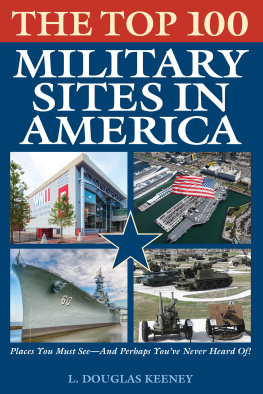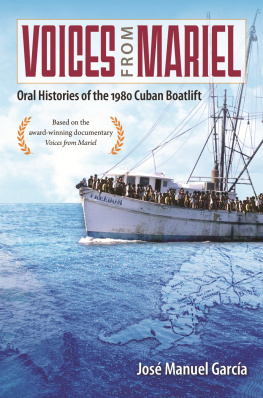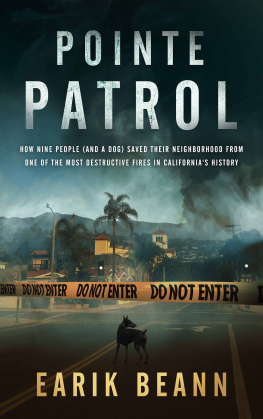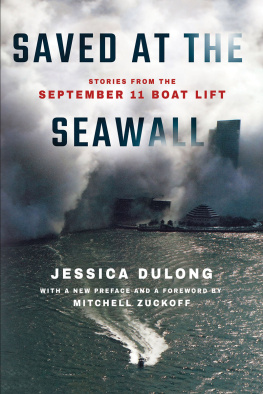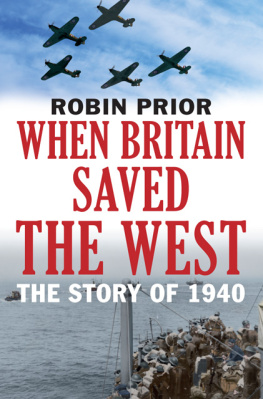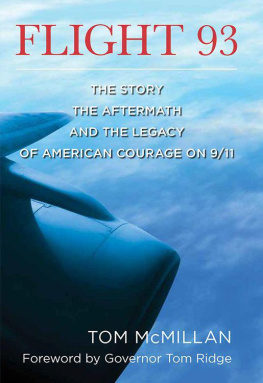T HE GENERALLY RECTILINEAR-SHAPED ISLAND OF M ANHATTAN LIES ON a north-south axis with its southern tip protruding into New York Harbor. On September 11, 2001, as many as 500,000 people were suddenly cut off from the rest of Manhattan by the collapse of the World Trade Center, with more than one-quarter of a million of them on that southern tip of the island. That area is called Lower Manhattan.
On October 1, 200120 days after the attacks on the World Trade Centerthe Fire Department of New York City began a series of interviews with 503 of the rank-and-file firefighters and EMS first responders who had been at ground zero. The interviews lasted for five months and concluded on February 1, 2002. All told, 7,050 pages of oral histories were generated that covered virtually every aspect of that day, starting with the quiet of the morning, then to the attack, to the collapsing buildings, and finally to the rescues and evacuations. The depth of the accounts given by each person vary, but, on the whole, they detailed each persons response, where they were, the events that unfolded around them, what they saw when they arrived, what they did, who they rescued, how they survived, and so on. Taken together, these interviews give us an engaging and powerful history of that day, in the raw language of oral histories the likes of which rival any Stephen Ambrose-styled book on World War II.
As an author with extensive experience using oral histories, what jumped out at me from these accounts was not what was known about 9/11, but rather the unexpected tellings of the unknown. For example, the towers were mentioned 3,794 times and the leaders on the ground, the department chiefs, were mentioned an average of 300 times per personChief Nigro, Chief Ganci, EMS Chief Kowalczyk, and the others. For sure, that was as it should bethe chiefs were the leaders and interacted with dozens of responders. The towers were their mission that day so it would be expected that hundreds of respondents would mention one or both. But other things came up that were not expected. Mentioned more frequently than any department chief were no fewer than 505 mentions of a boat, 304 mentions of a ferry, and 245 instances when someone talked about evacuating people to the river or to the water.

Several sources were essential in the writing of this book, foremost among them the 503 oral histories known as the World Trade Center Task Force Interviews, as collected by the New York City Fire Department. Although these interviews took place within months of 9/11, a time when memories were surely fresh and recall would be acute, around the base of the towers there was so much confusion, so much dust and debris and the shock of death and injuries that timelines, sequences, and even people identified at one location or the other were often guesses or flat out inadvertent mistakes. However, by cross-checking one respondents recall with another, and conducting my own interviews, things started to fall into place. Because of the detail and depth of information in the Task Force Interviews, I have chosen to use them as the clothesline on which I hang the rest of the storythe rescues, the response of the boat captains, the bravery shown by those who kept going back in to dig out more survivors, and, ultimately, the impetus to evacuate Lower Manhattan by boat. I identify these interviews by concluding a quote with something along the lines of as told to an interviewer. From their second quote onward, I simply say they said, or something to that effect
An equally important resource were the boat captains. While no central collection exists for their stories, some diligent maritime reporters were in tune with the events unfolding along the waterfront and they wrote numerous contemporary accounts for which I am grateful and acknowledge as and when used.
A second collection of oral histories came from an ambitious project called the September 11 Digital Archive run by the Roy Rosenzweig Center for History and New Media and the American Social History Project/Center for Media and Learning at George Mason University. Designed to be a permanent record of firsthand experiences, survivors were encouraged to leave their experiences, and hundreds, if not thousands, did just that. However, many of the best accounts were contributed anonymously, so when I use one for a quote, I identify them as contributors to the digital archives. See https://911digitalarchive.org/ about for more oral histories.
There are several ways to indicate the Twin Towers of the World Trade Center. To some they were 1 WTC and 2 WTC or WTC 1 and WTC 2. To others they were the North Tower and the South Tower. However, because north and south are important references in the telling of this story, throughout the book I have chosen to call them the North Tower (WTC 1) and the South Tower (WTC 2). The other buildings in the complex are identified by using the protocol then in use, for instance, WTC 3, WTC 7, etc.
Similarly, there are two ways to reference the West Side Highway. The original West Side Highway was a long, wide six-lane thoroughfare that ran alongside the Hudson River as far up as 72nd Street. Years ago, however, during its reconstruction, the name was changed to West Street. Still, a majority of the interviewees used the old name (West Side Highway), and not the new name (West Street). Because the old name has a useful geographic reference (West Side Highway versus West Street), I have chosen to use the old name, West Side Highway.
And then there are the two walking bridges that cross the West Side Highway. One was near the North Tower and one was near the South Tower. As best as I could tell, there was no formal name for either of these bridges so, again, because geography is important to this story, I identify them as the North Pedestrian Bridge and the South Pedestrian Bridge.
So, how many people were evacuated by boat? Its hard to say precisely.
In early reports, fantastic numbers were tossed about500,000 to 1,000,00and for some reason those numbers stuck. But the math never really added up. Most accounts agree that there were roughly 130 to 150 vessels involved in the evacuation of Lower Manhattan. The largest boats were the 6,000-passenger Staten Island ferries, the smallest were some rubber dinghies that carried two or three passengers. In between were tugboats, dinner cruise boats, working boats, and police/rescue boats, the latter generally carrying 20 or so passengers, but doing many, many trips. However, the most frequently used boats during the evacuation of Lower Manhattan were ferries and among them were 20 plus ferries of NY Waterway each capable of carrying 149 or so passengers per trip.
Then there is the count itself. As some of the boat captains later admitted, so fast were things happening and so traumatic were they that in those first few minutes of the attack, counting passengers was at best spotty. When things finally settled down, however, the mariners were exceedingly mindful of their licensed, legal passenger limits and, while some overloaded their vessels, nearly everyone was counted, and loads were adhered to.
That said, when combing through official records, some boats are listed and some are not, and many of those listed have no numbers associated with their participationthat is, we know they were there and evacuated people, but nothing clearly indicates how many people they took on. In such cases, other data were used to generate reasonable estimates starting with the capacity of the vessel, the time they began evacuating people, how long it took the vessel to reach their destinations, and therefore how many loads were theoretically possible. The long and short of it is this: Nearly 270,000 people were evacuated from Manhattan by boat on September 11. This includes a small margin for the early confusion and a margin for the few vessels that had no passenger records. That said, anything above and beyond that would scarcely move the needle, and certainly not change the total in any significant way. To sum it up, September 11, 2001, represents the largest single-day boat lift in history and one of the greatest rescues in modern history.


